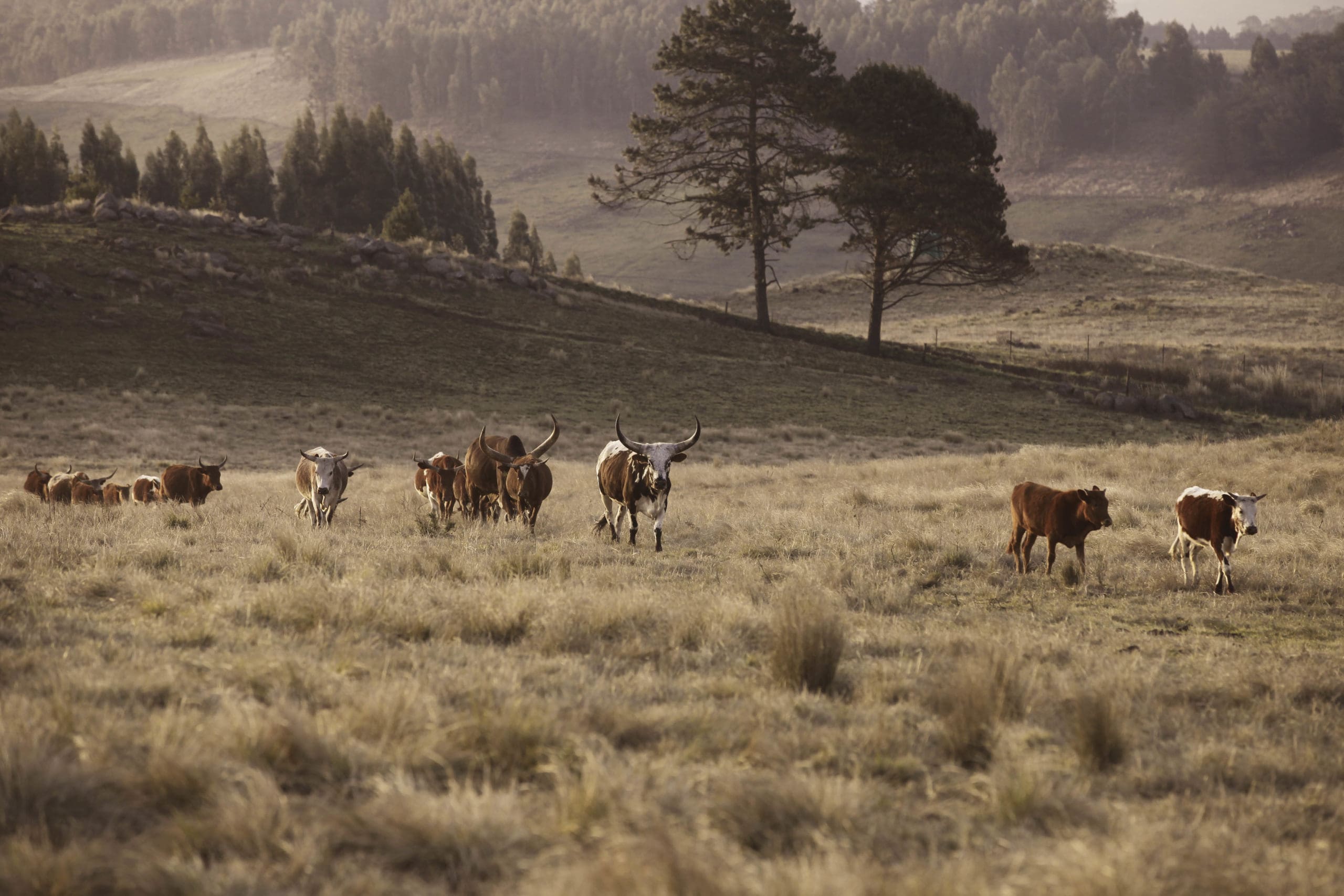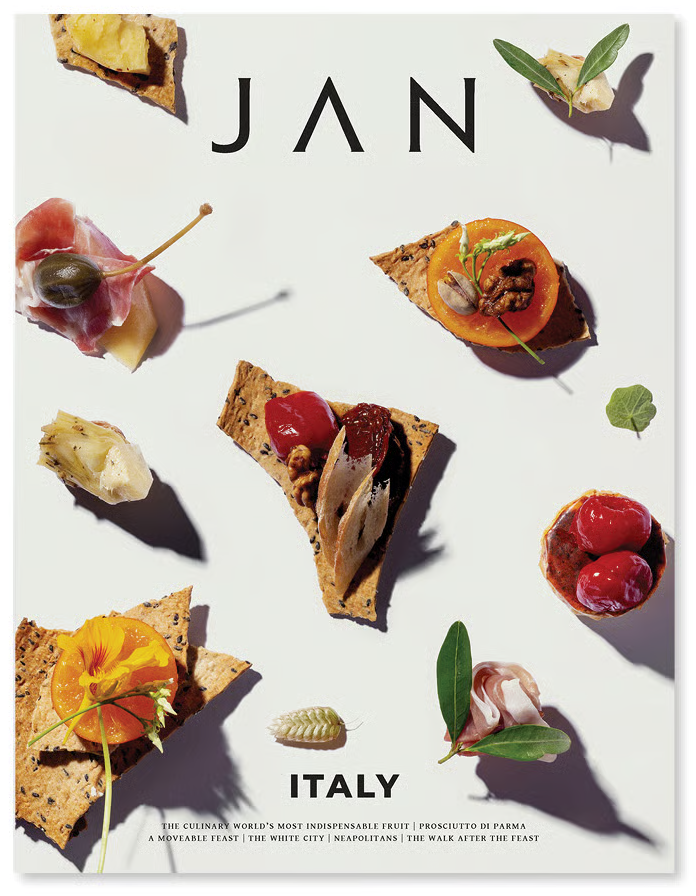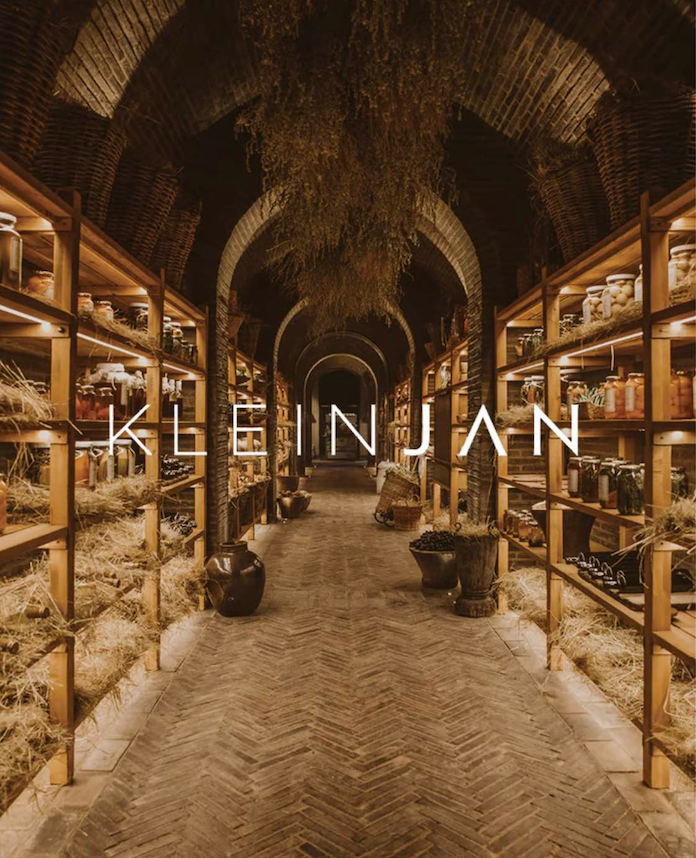Noble Beasts
Traceability – of meat in particular – is very important to me as a chef. Creating a dish is like producing an artwork. Every dish tells a story through its flavours, textures and colours, a story that is further enhanced by knowing the origin of the food. But traceability runs even deeper than that: it is becoming a lifestyle choice. And quality is becoming central to our way of life, because we can’t sustain the mass production of meat. Premium meat is still an elite product, but as the demand for quality over quantity increases, so our ability to farm more sustainably on a mass scale will improve.

The deeper you travel into the Midlands, the more fable-like the landscape becomes. Towns and villages have been baptised Nottingham Road and Fairfield Mill, for example, conjuring up the tales of Arthur and Robin Hood. The landscape is often shrouded in mist, further adding to the region’s air of mystery. There, perched on a hilltop overlooking the Drakensberg Mountains, bordering Lesotho in the distance, lies the farm Netherwood.
The farm’s origins may come as a surprise: it was established in 2000 by reputed heart surgeon, Dr Robbie Kleinloog, who saw farm life as a welcome escape from the stresses of his work in Durban. But perhaps the story is not that unusual. “Something I find fascinating,” he says, “is that, no matter where you go, the thing most heart surgeons have in common is a love for cooking – especially cooking with meat.”
Netherwood has since grown into one of the province’s leading Angus, Wagyu and Ankoli stud-breeding farms. “When you become a stud breeder, you focus on quality, not on weight per annum,” says Robbie, “so it’s about genetic improvement more than anything else.” Stud animals are not castrated. They are monitored carefully and pasture fed, with the aim of improving not only meat and dairy production, but also fertility and growth, as well as the tenderness and marbling of the meat they produce.
Angus, a mild-mannered, docile animal, was originally bred in Aberdeen, Scotland, with the sole purpose of producing meat. Their fine marbling is considered very good and reveals an even fat distribution. Surprisingly, Wagyu was originally bred in Japan to produce work oxen, used predominantly for transport, ploughing and hauling cargo. The meat boasts exceptional marbling and is very rich. Wagyu is very expensive: the demand outweighs the supply, while quality also plays a big role, as the breed is genetically predisposed to producing a higher degree of unsaturated fats. Regular A-grade cattle usually stay in a feedlot for 120 days, whereas Wagyu, which only achieves its characteristic marbling after two years, can spend up to 36 months in the feedlot.
Ankoli is perhaps one of the most imposing, photographed and show-worthy of all cattle breeds. Originally from Uganda, they are hardy animals similar to South Africa’s Nguni breed. Their majestic horns are a signature feature that serves a dual purpose: to protect them from predators, and to keep them well ventilated in the African heat. While the meat does not compare with the quality of Wagyu or Angus, they produce ample milk and meat for the subsistence farmers who generally breed them.
“Although this practice is changing, we still tend to measure value by quantity,” says Robbie. “The thing with premium meat like Wagyu is that it is so rich, you’re only meant to eat a small strip at a time. Think of salmon, for instance. You’d feel sick if you had 450 grams in one sitting.”














